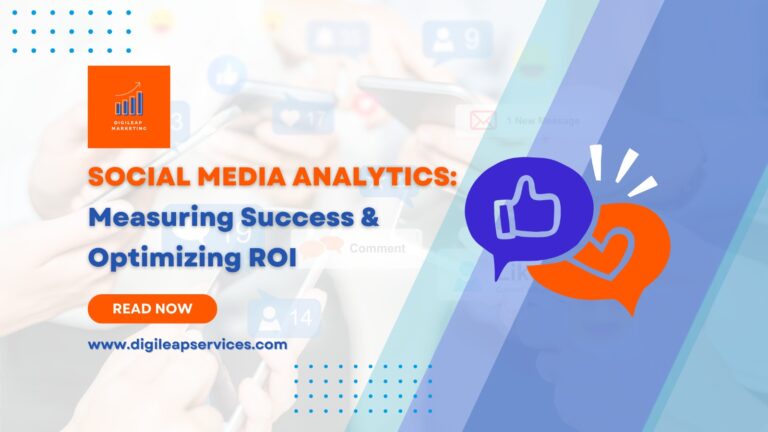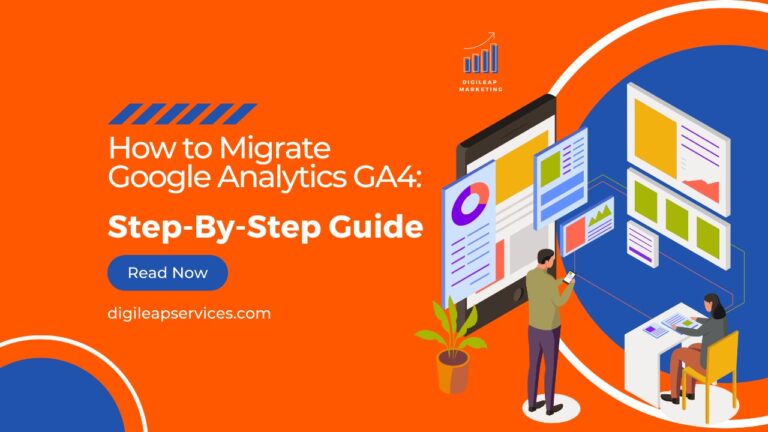Google Analytics 4 vs Universal Analytics- The Complete Guide
In the latter part of 2020, Google launched Google Analytics 4 (GA4), the latest iteration of the Google Analytics platform. GA4 replaces the former digital analytics measurement software- Universal Analytics (UA) as the default platform in GA. In 2022, Google announced that Google Analytics 4 will be the only option beginning on July 1, 2023. This guide helps to answers some questions about Google Analytics 4 and Universal Analytics and explores different parameters on which we can compare these two.
What is GA4?
Google Analytics 4 (GA4) is the newly launched and the officially recommended property type of Google Analytics. We called It App+Web Property when it was first added as a beta version. The name comes from its quality to track both App and Web visits in a single Google Analytics property instead of having those differing platform visits separated into different GA properties. This App+Web Property was refurbished, reworked re-released as Google Analytics 4 (GA4) in 2020.
An announcement from Google on March 16, 2022 confirms that GA4 will be our only option beginning in July 2023.
Google rolled out the Universal Analytics in 2013, a platform which became the standard for tracking. Following the announcement pertaining to GA4, UA will now be discontinued with effect from July 2023.
Also you can read about marketing strategies for twitter to understand the algorithm of twitter.
Comparing metrics: GA4 vs Universal Analytics
This article explores in-depth the extent to which we can compare these two platforms. The extent is defined by some metrics, and how GA4 and UA function as far as those metrics are concerned. This guide will enable a comparison of the reported results in GA4 as against the UA.
Also go through our blog on social media tools for marketing to understand the algorithm and to excel
1. USER COUNT:
Universal Analytics offers two metrics- Total Users and New Users. GA4, on the other hand- counts three- Total Users, Active Users, New Users.
| Metric | GA4 | UA |
| Total Users | Total no of users | Total no of users |
| New Users | No of users launching an app or visiting a site for the first time | No of users who interacted with a site for the first time |
| Active Users | Primary user metric in GA4- No of users having an engaged session with the app or site | N/A |
Also, read our blogs on marketing strategy for applications to find the best strategy.
2. PURCHASES:
The web purchases count should match accurately, even though it may be difficult to get a perfect picture.
| Metric | GA4 | UA |
| Purchases | Purchase event data collected and recommended in a similar fashion to UA, but GA4, does not provide additional javascript for array collection. | Purchase event data is collected from a products array via javascript provided by Google Analytics. |
Also, read our blog on Types of online advertising platforms to strategize the best.
3. PAGE VIEWS:
The results will generally be similar across GA4 and UA, but the differences will vary based on the filters that may have been set up in both the platforms.
| Metric | GA4 | UA |
| Page views | Views: Total no of app screens and/or page views seen by users, including repeat views on a single screen or page | Total no of pages viewed- including repeat views on a single page. |
| Unique page view | N/A | Total no of pages viewed, duplicates excluded |
Also, read the hacks for Instagram growth for better reach in Instagram.
4. SESSIONS:
The difference between the two platforms will exist based on geography, filters used and estimation taken into account.
| Metric | GA4 | UA |
| Session | ‘Session Start’ – Session ID generated and associated with the subsequent event in the session. Session end marked by a 30-minute inactivity period. New sessions do not start at midnight or if a new campaign parameter is picked. If the user comes back after a timeout, a new session will begin. | Period of time user is engaged on a website. Parameters for when session ends are also defined- such as after a period of 30-minute inactivity. New session begins if a user comes back after the inactive period. A new session will also start if a user comes back after midnight, or if they pick up new campaign parameters. |
Also read our blog on how to increase followers on Twitter to optimize your Twitter account.
5. CONVERSIONS:
| Metric | GA4 | UA |
| Conversions | Conversion event to be specified for each action that needs to be counted as a conversion. For example, if ‘PDF OPEN’ event is specified as a conversion event, then a conversion will be counted each time a user opens a pdf. GA4 counts every instance of the event, even if the same event occurs multiple times in a single session. so, if a user opens a PDF twice in the same session, it will count as two conversions. | A goal is to be defined and indicated so that it is counted as a conversion. For example, if ‘Link click’ is defined as a goal, a conversion will be recorded each time a user clicks a link. UA counts only one conversion per session even if a user does the same action twice in a single session. |
6. BOUNCE RATE AND ENGAGEMENT RATE
| Metric | GA4 | UA |
| Bounce rate | Percentage of sessions that were not engaged sessions. Webpage visits and reviews are counted as a bounce. | Percentage of single page sessions with no interaction with the page. Viewing and not clicking links and hyperlinks for example, will count as a bounce since there is no interaction recorded. |
| Engagement rate | Percentage of Engaged Sessions (sessions lasting longer than 10 seconds, recorded a conversion, or 2 page views or screen views. | N/A |
7. EVENT COUNT:
The fundamental data model difference between the two.
| Metric | GA4 | UA |
| Total Events | N/A | A UA event has a category, action and label. Example- setting up an event to register when a download button has been clicked. This metric increases each time an event is triggered. |
| Event Count | No concept of category, label and action and every ‘hit’ is a count. All actions are counted as events, even if the event name is not specified. | N/A |
Conclusion
At Digileap Services Pvt Ltd, we can help you study your organizational metrics accurately in order to proceed with the most effective digital marketing strategy for your brand. Reach out to us today to break down these numbers for you and gain perfect clarity on your performance and the future path your brand should take!
If you want to know more about this please visit our blogs on digital marketing.












